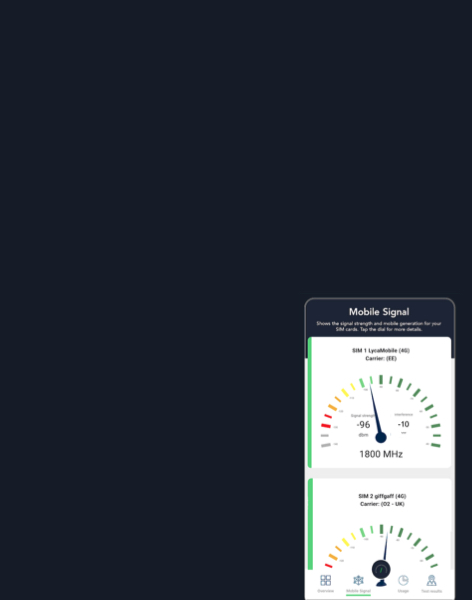Spectrum auctions dossier updated for 2025
For mobile operators, the outlook for 6G from a spectrum perspective is unfamiliar. They are eyeing frequencies in the UHF, upper 6 GHz, 7-8 GHz and mmWave bands, but they are not alone. This is the first generational cycle where exclusivity is no longer guaranteed for mobile operators. It is unknown territory for them.
The frequencies wanted by mobile operators are also coveted by others with equally strong claims to them. Or the airwaves are already held by incumbents with strong arguments for not moving.
How to enable this new mobile market to come into being? Assigning exclusive spectrum is relatively easy, but a new model is needed to reflect the underlying complexity of 6G.
An innovative approach is required – one which we examine in our updated spectrum auctions dossier.
Auctions now need to facilitate coexistence in the same band between 6G and other services. Or to assign spectrum that can only be used in those geographical areas where high-bandwidth services are really needed.
No one knows for sure how 6G auctions will work, but we have found a few examples from today that we believe offer useful clues to the future.
One term we used that may be unfamiliar to some readers is the dual-track auction. Counting evolving auction formats is almost as difficult as predicting the future. Readers will be familiar with some, such as SMRA, clock auctions and CCA. But there are many more, including hybrid varieties. Which is the most popular?
We also reckon we have found a useful format that has grown in popularity in recent years. The two-step auction has been used in Switzerland, the Netherlands and elsewhere.
A scenario where the two-step auction might come into its own is during spectrum reassignment, a process many regulators around the world will be undertaking between now and the early 2030s.
The two-step auction can maintain continuity for consumers while maintaining a fair distribution of spectrum among mobile network operators. That’s what its supporters believe, at least.
The updated auction dossier is now available to PolicyTracker Spectrum Research Service subscribers.
